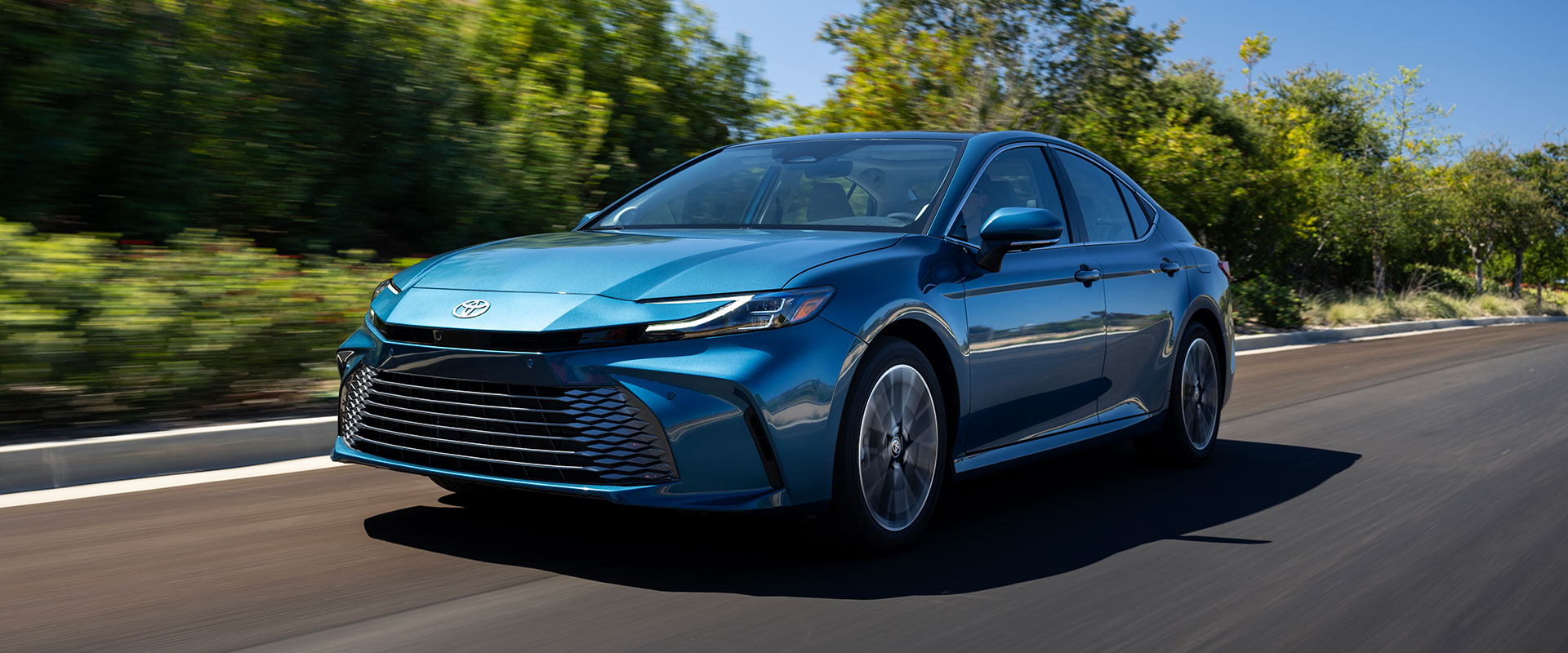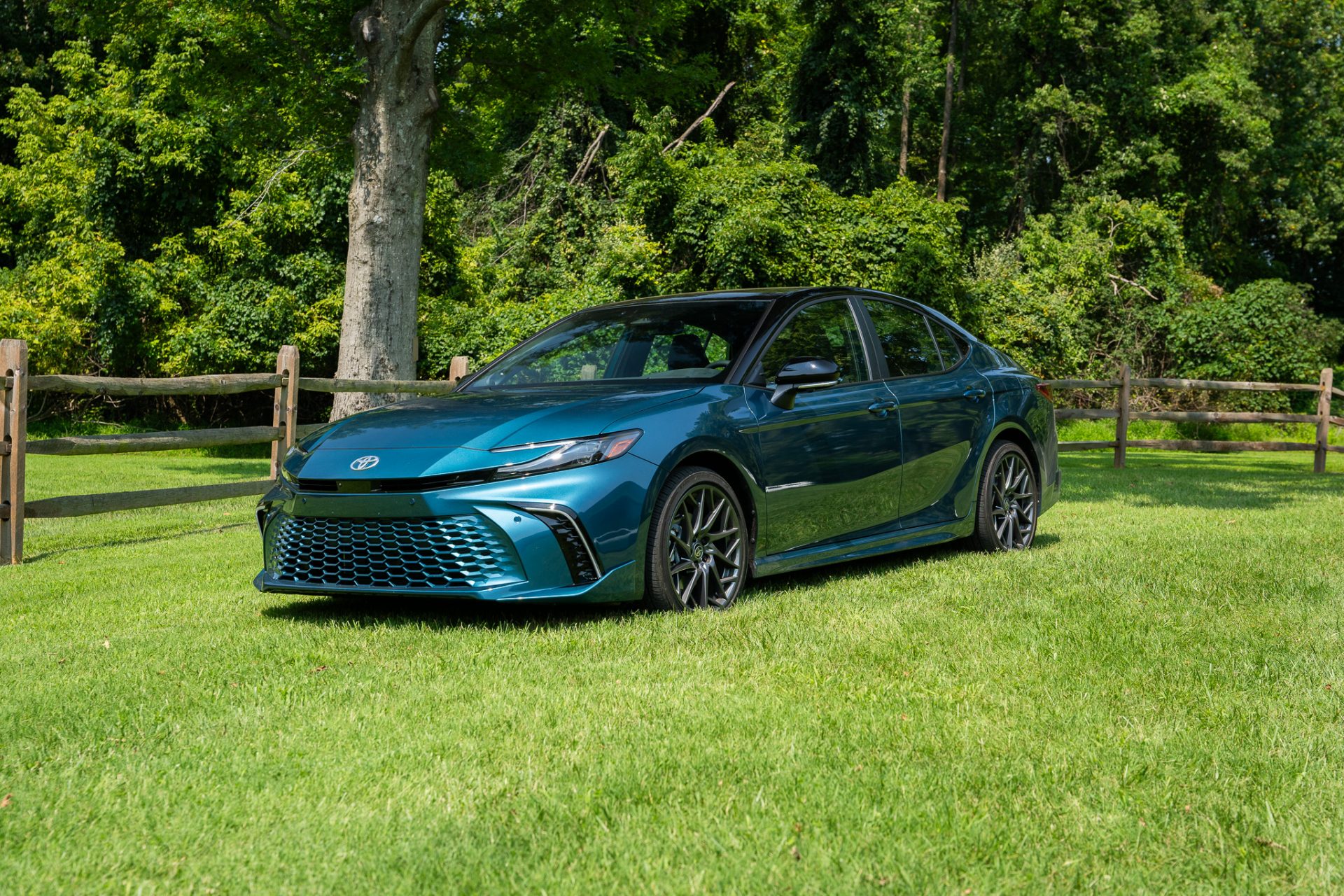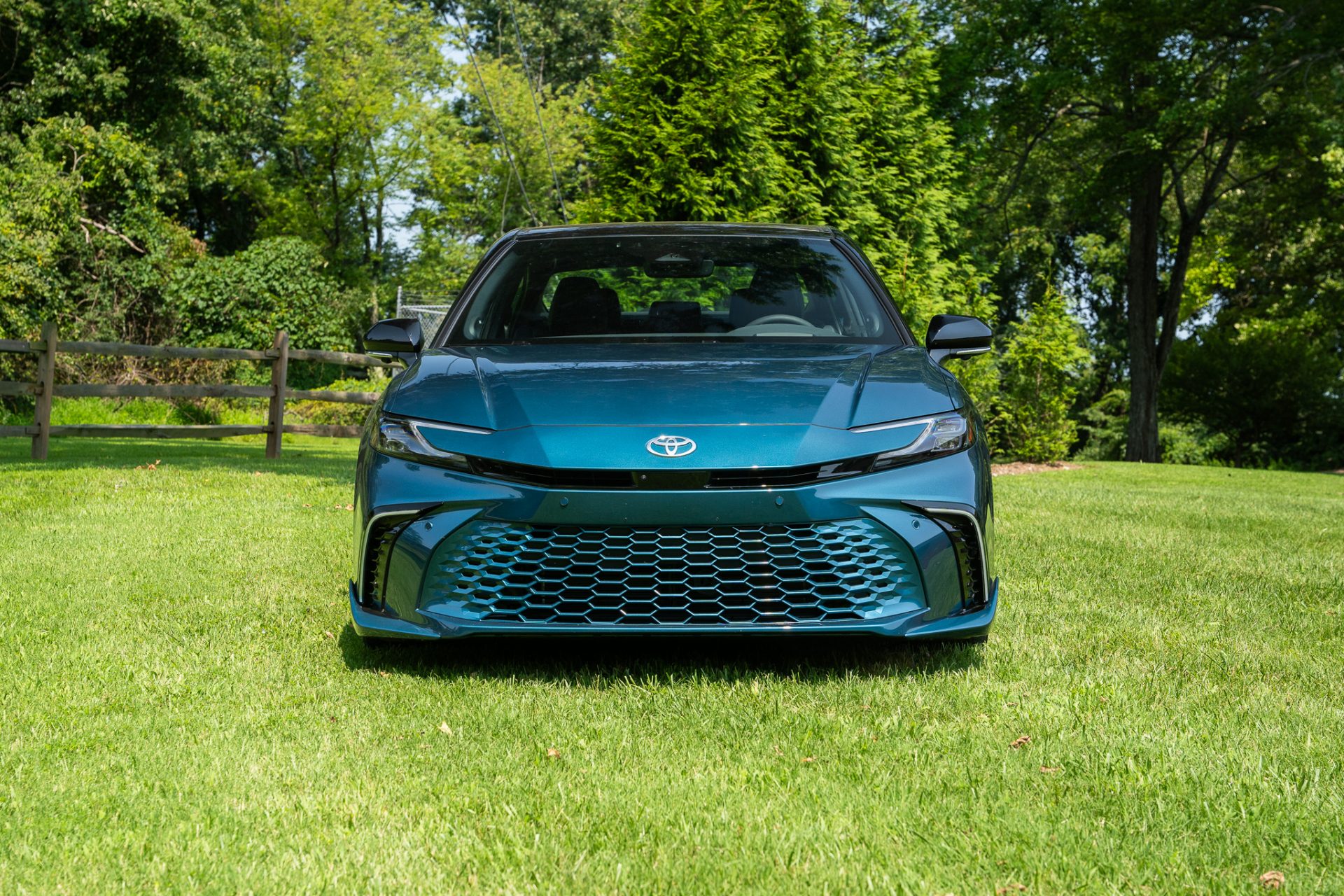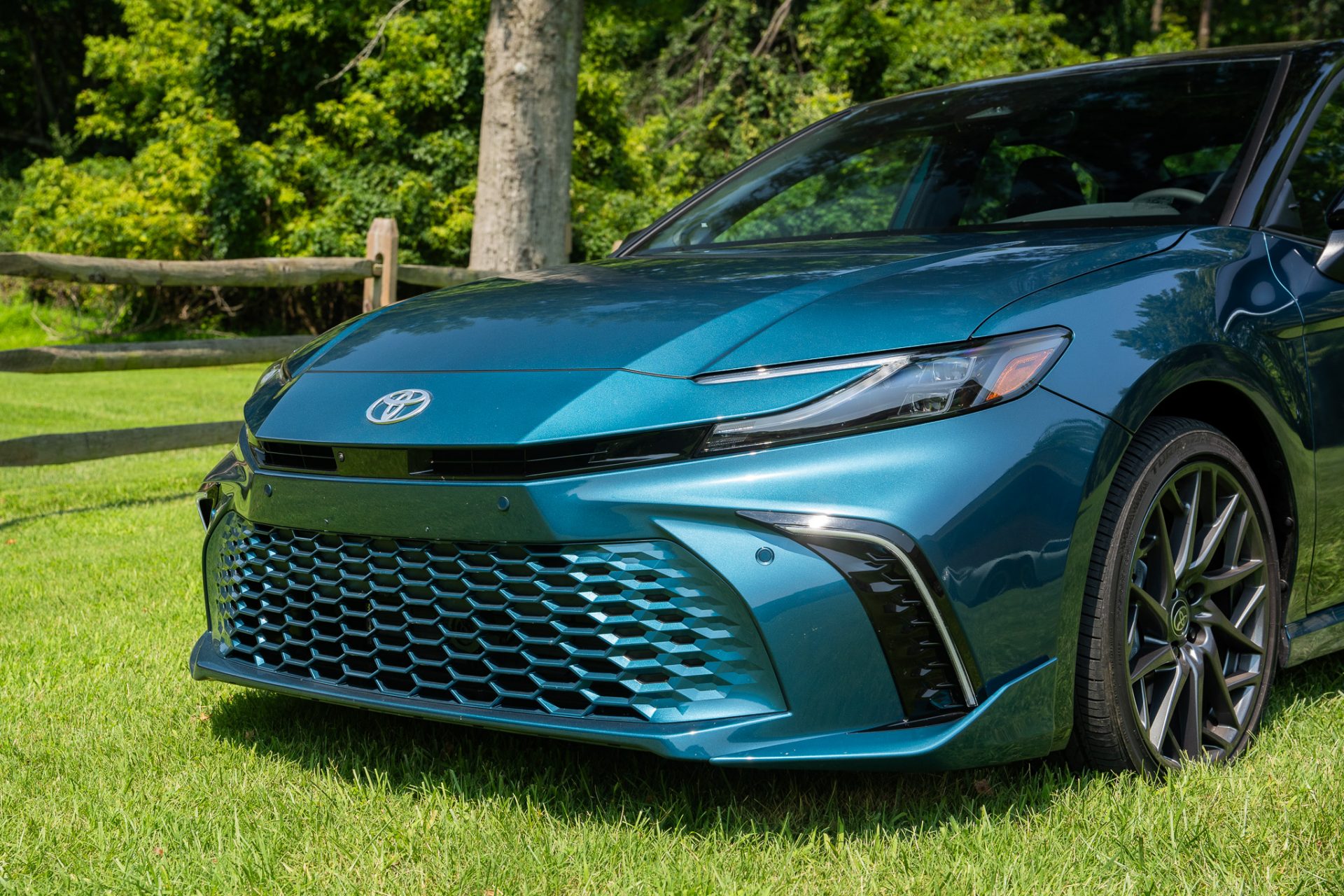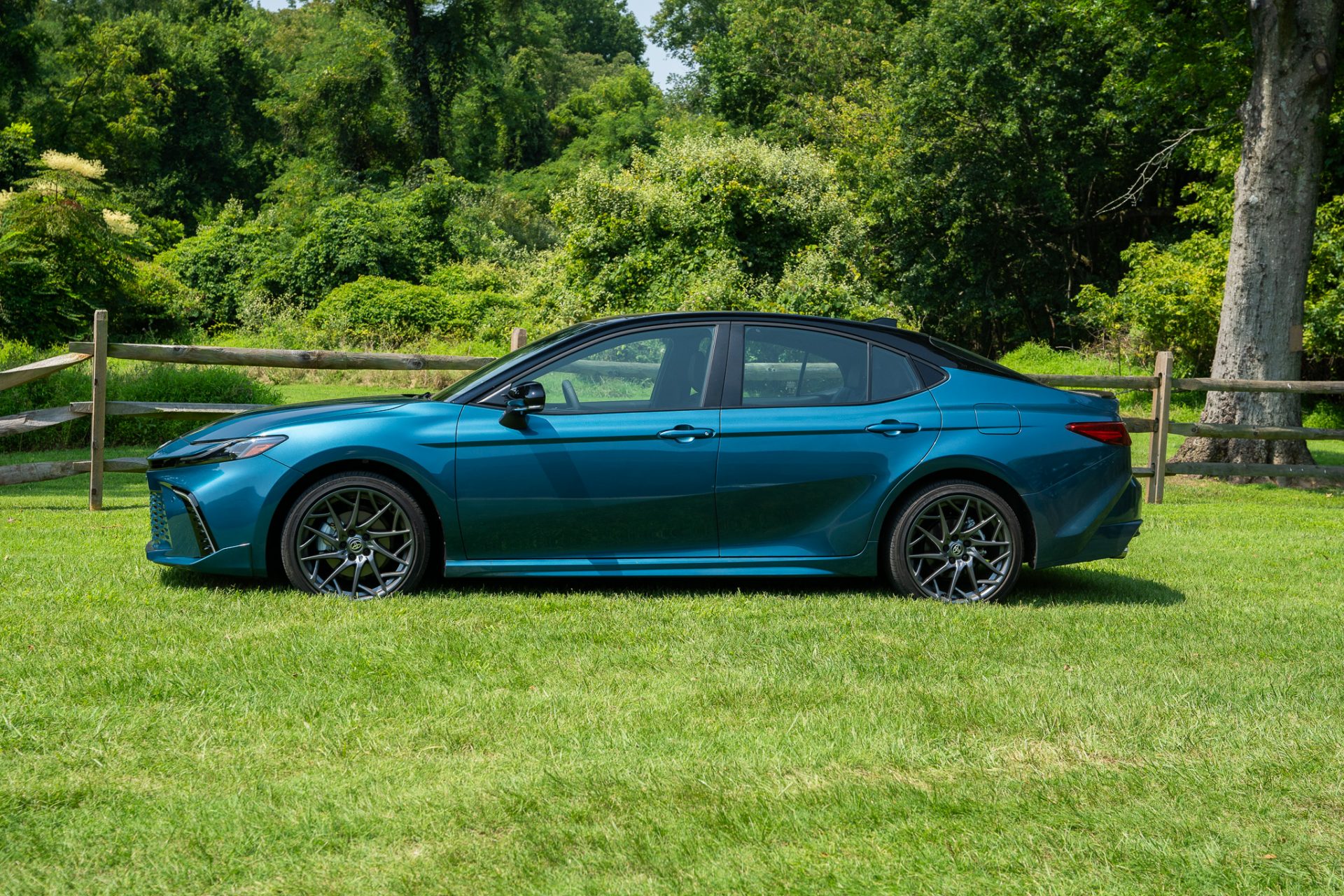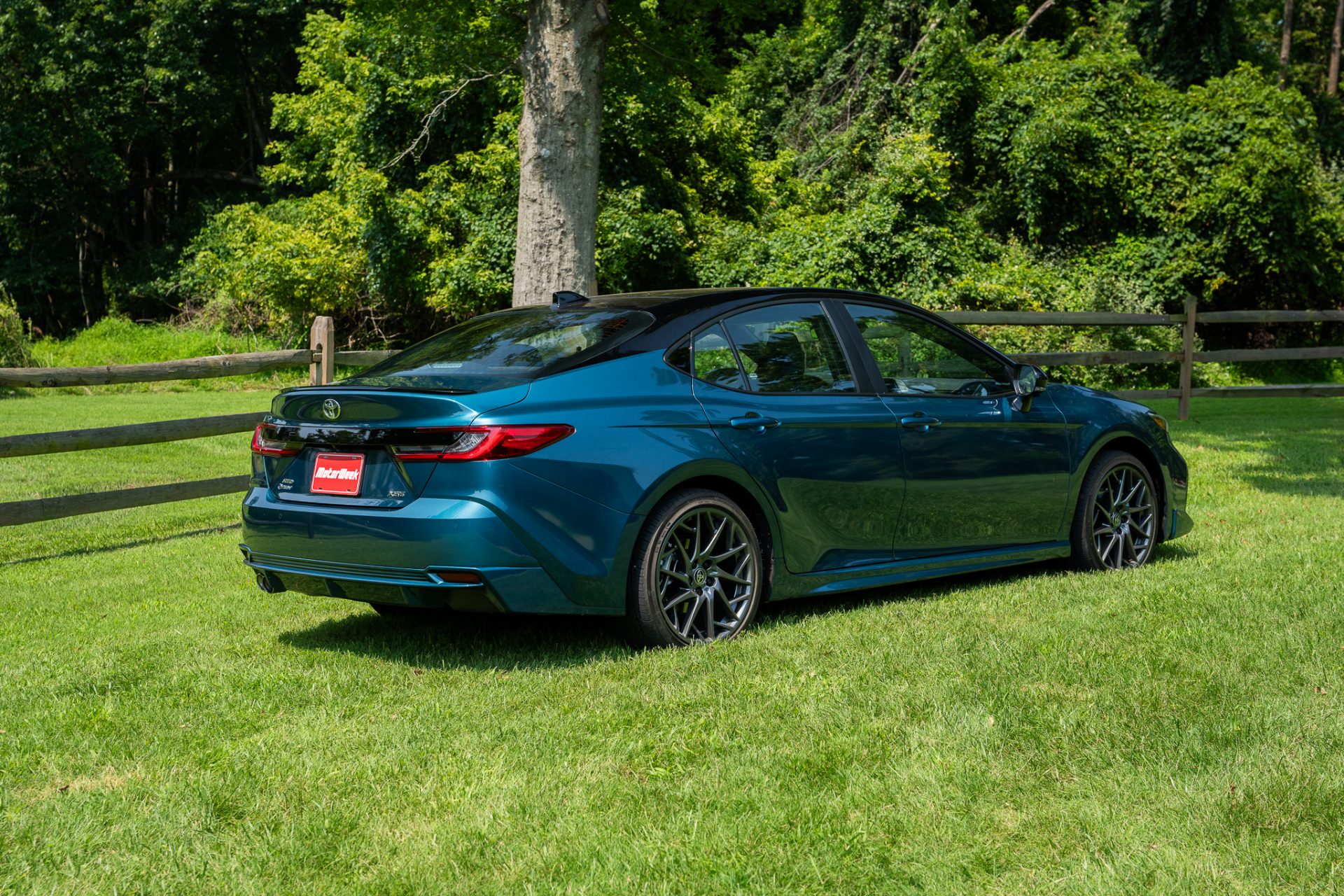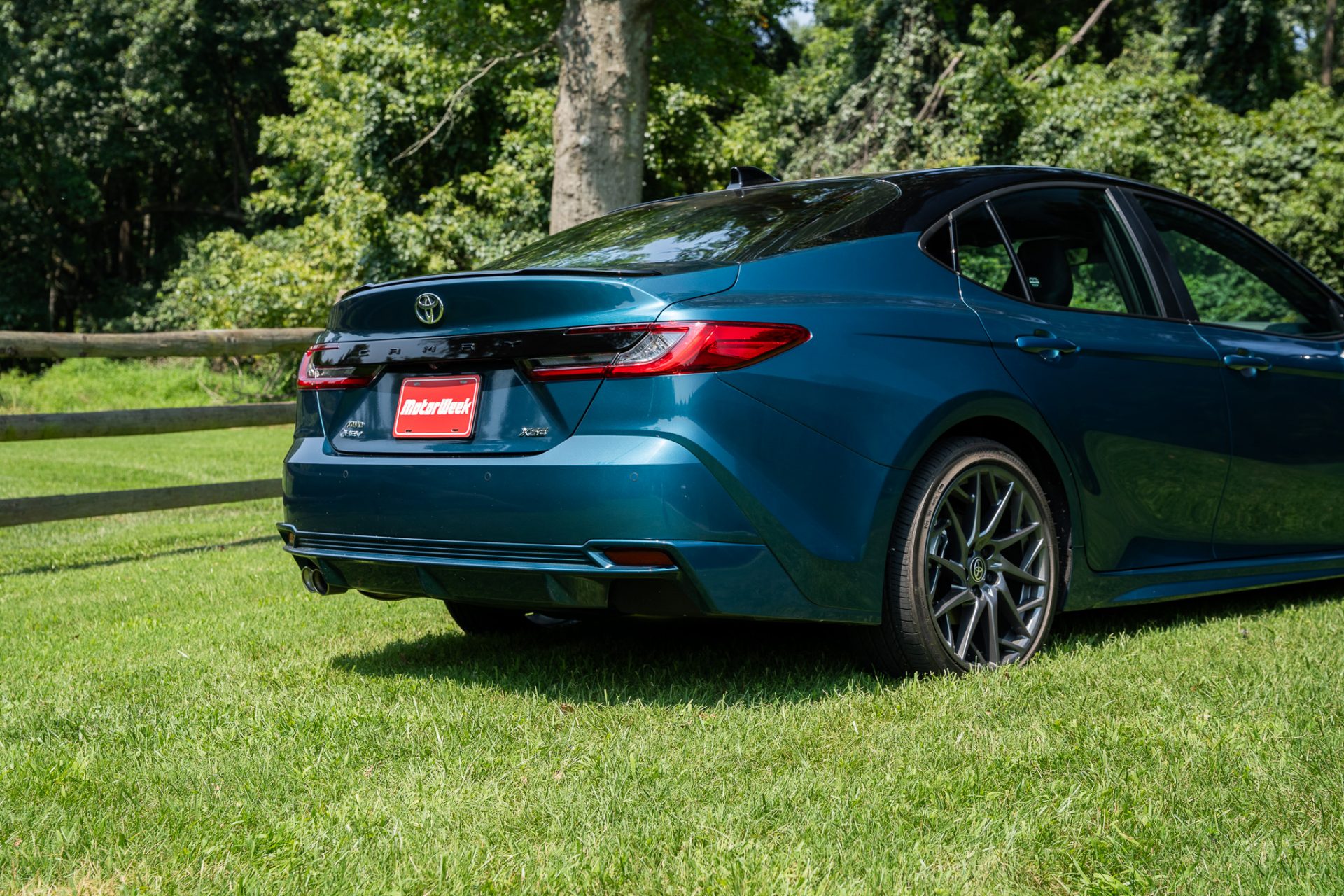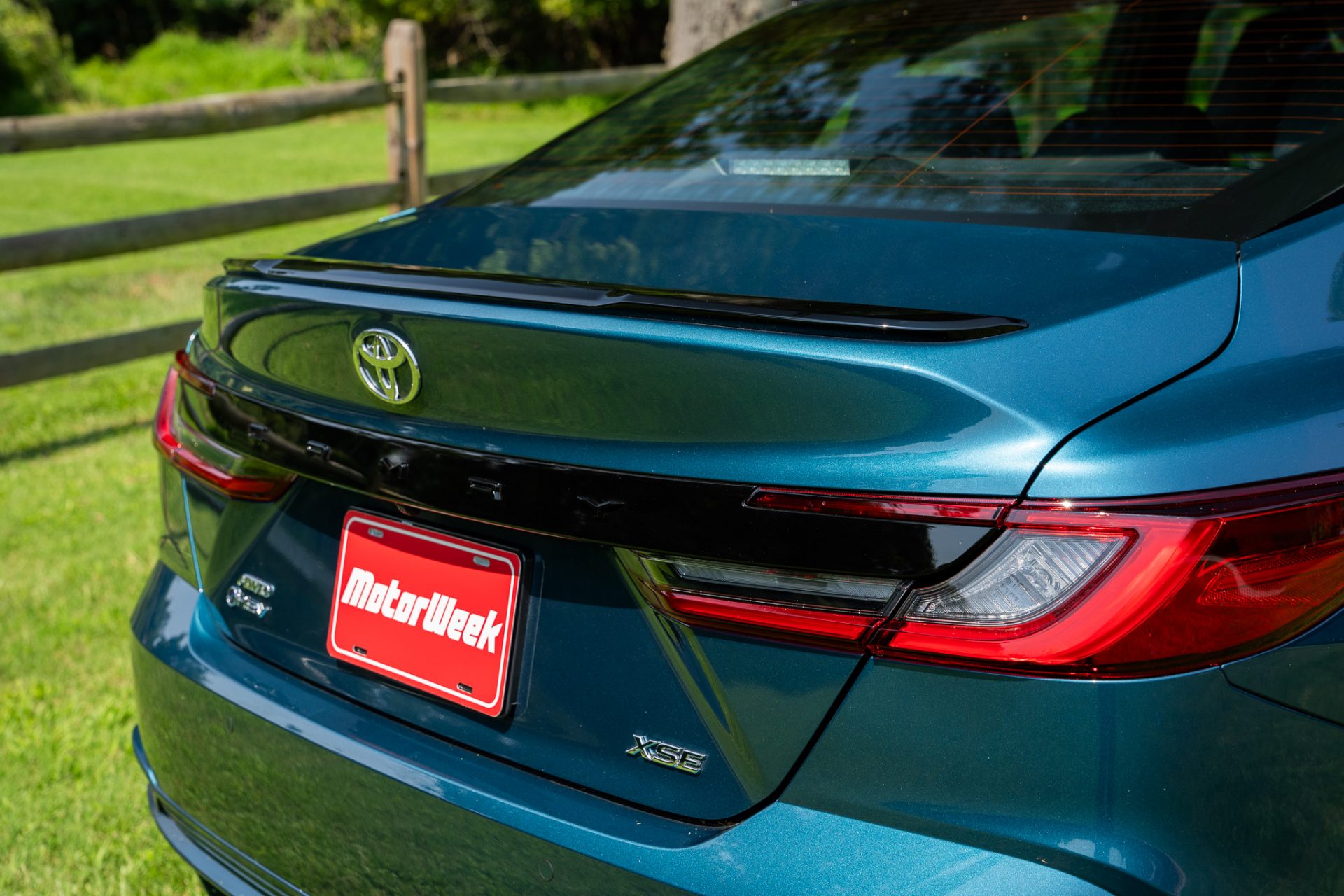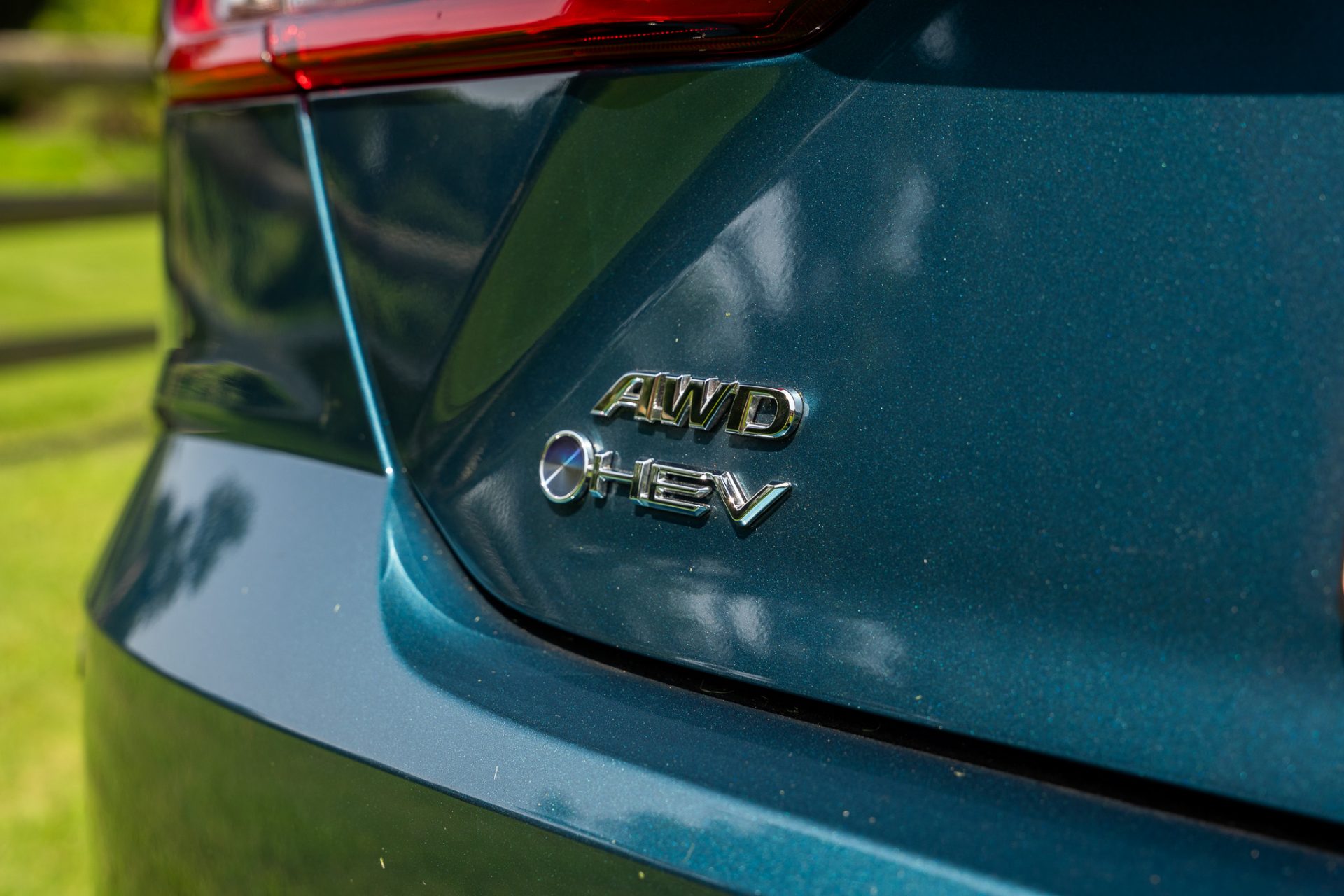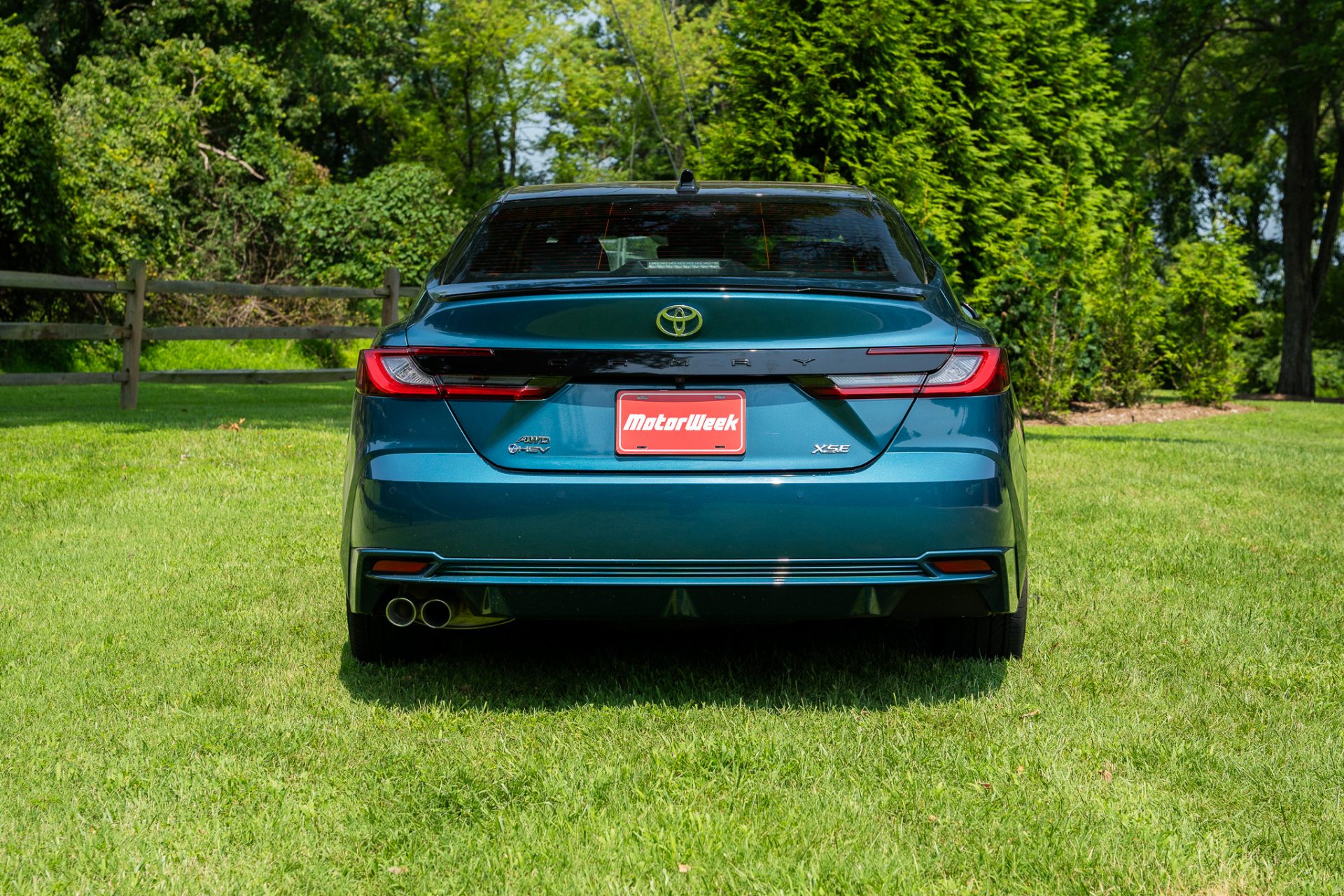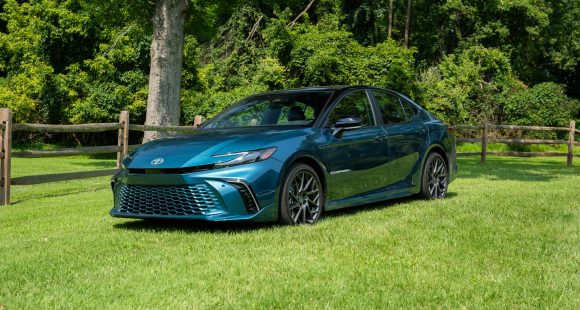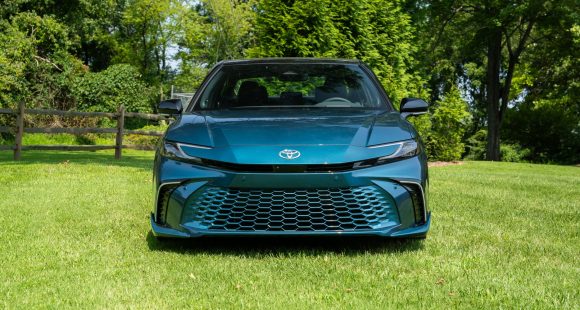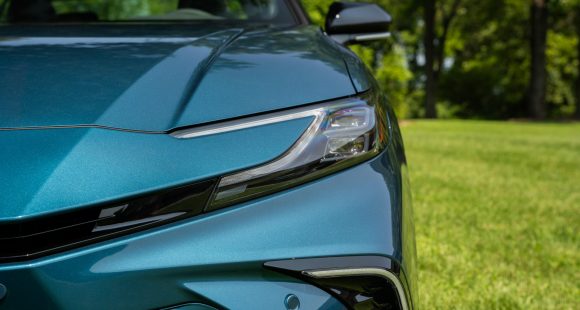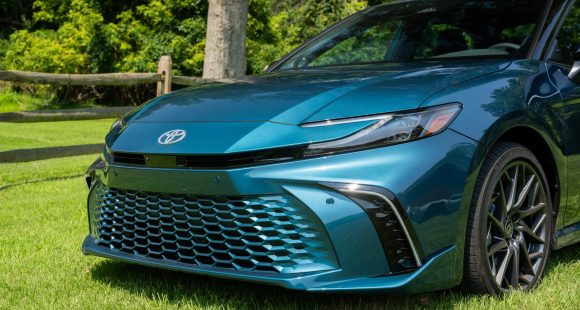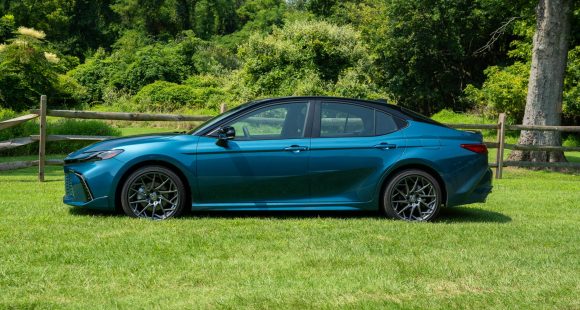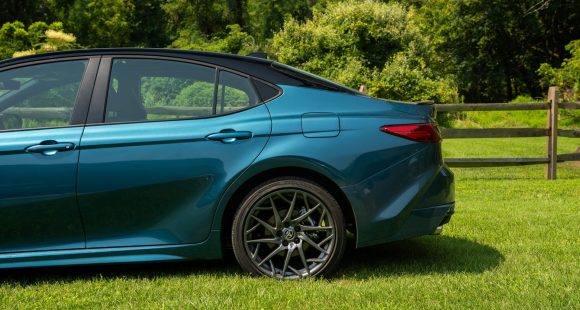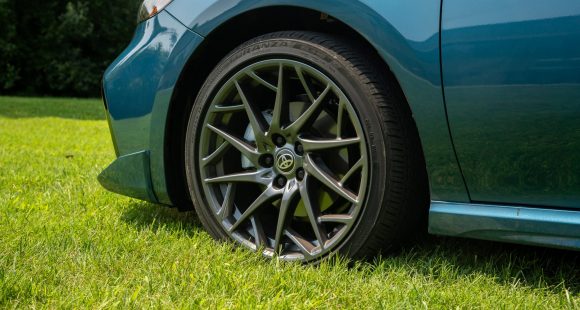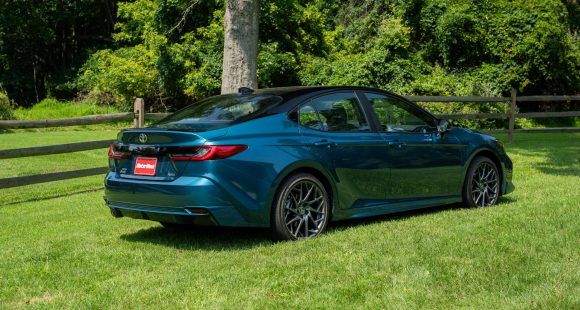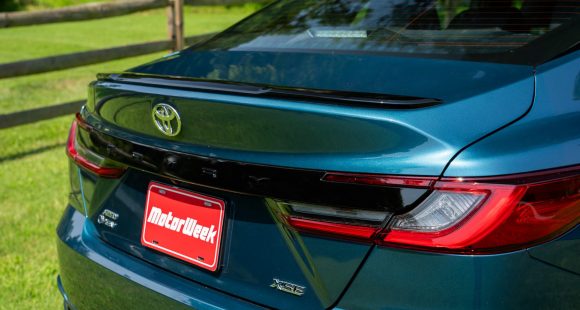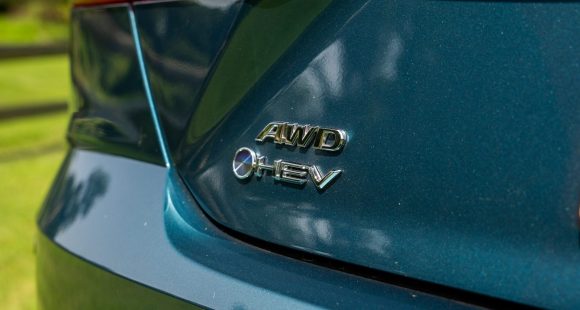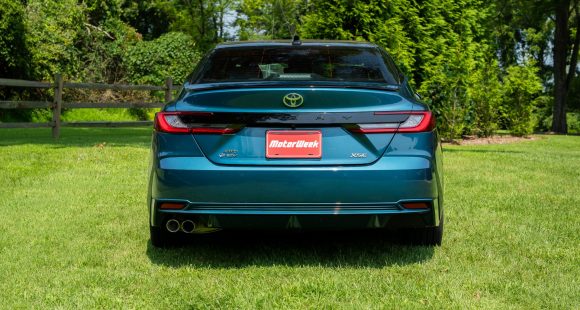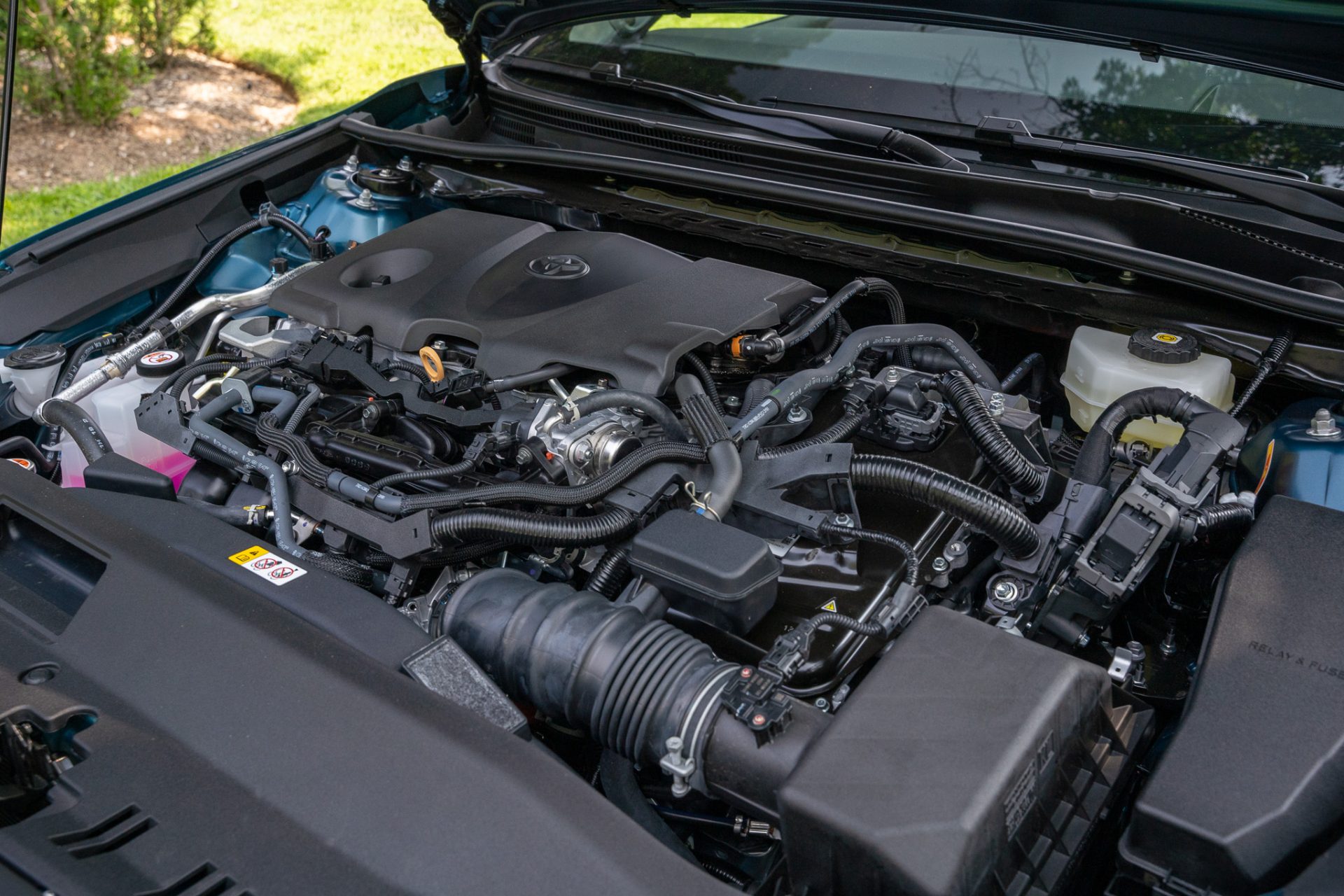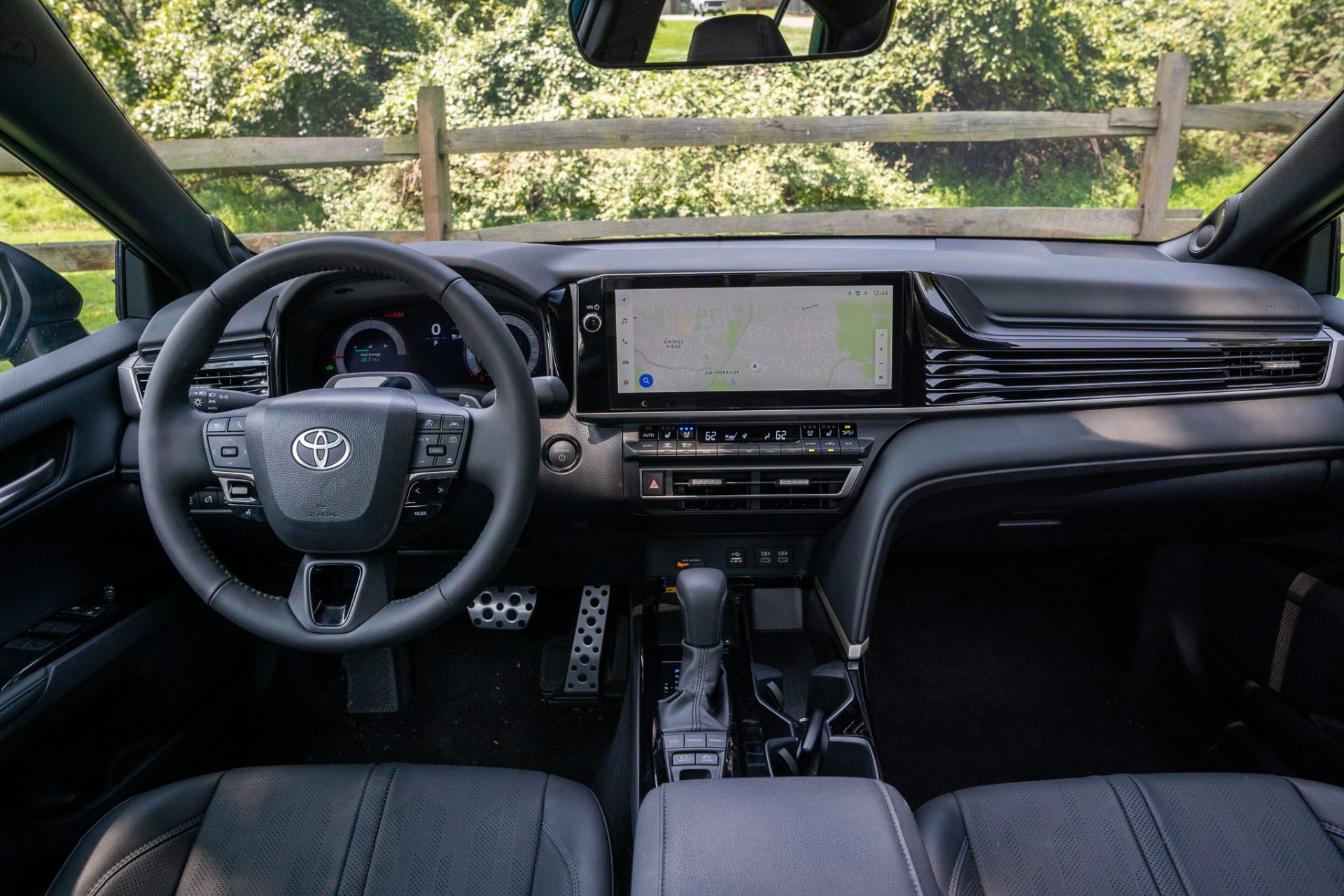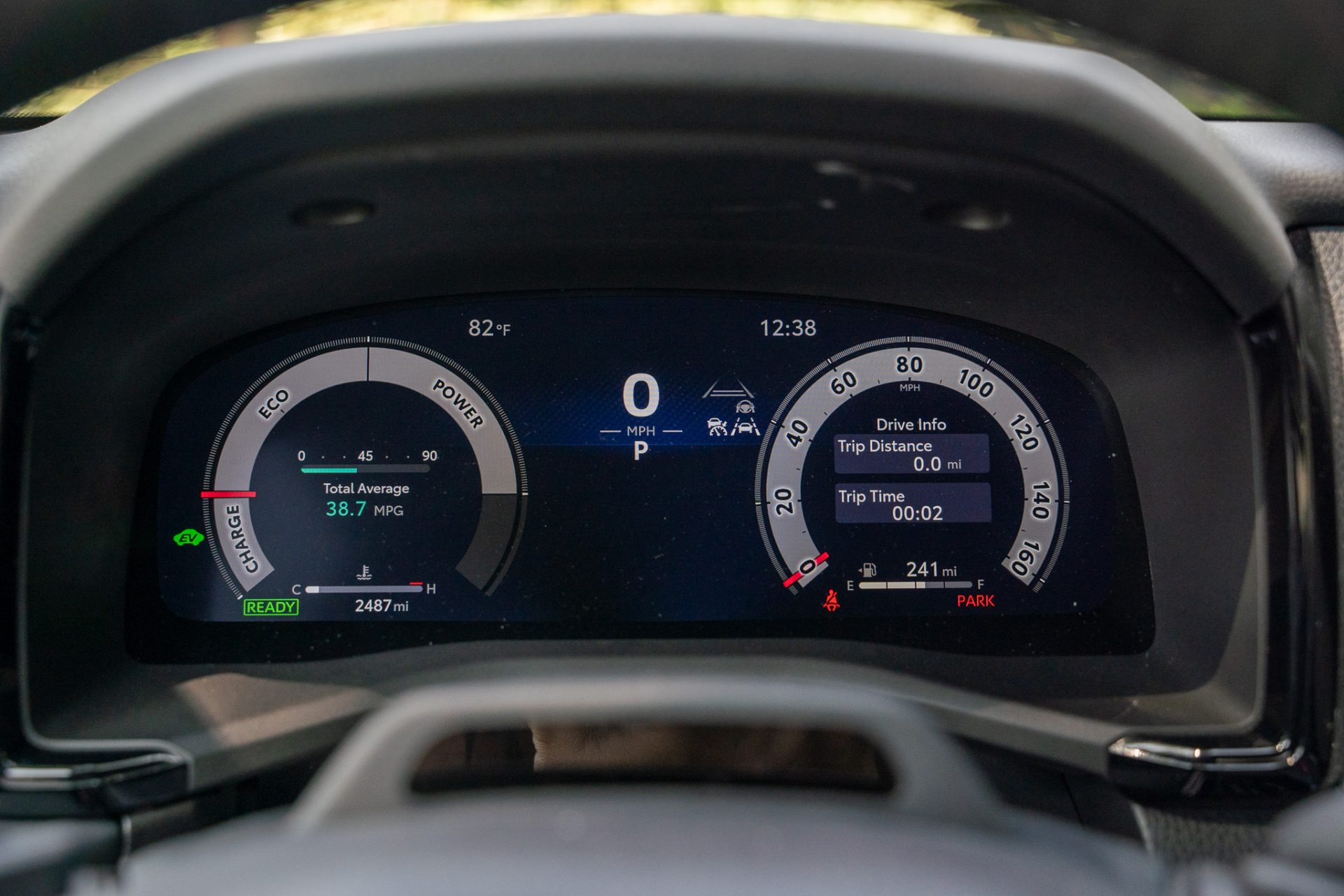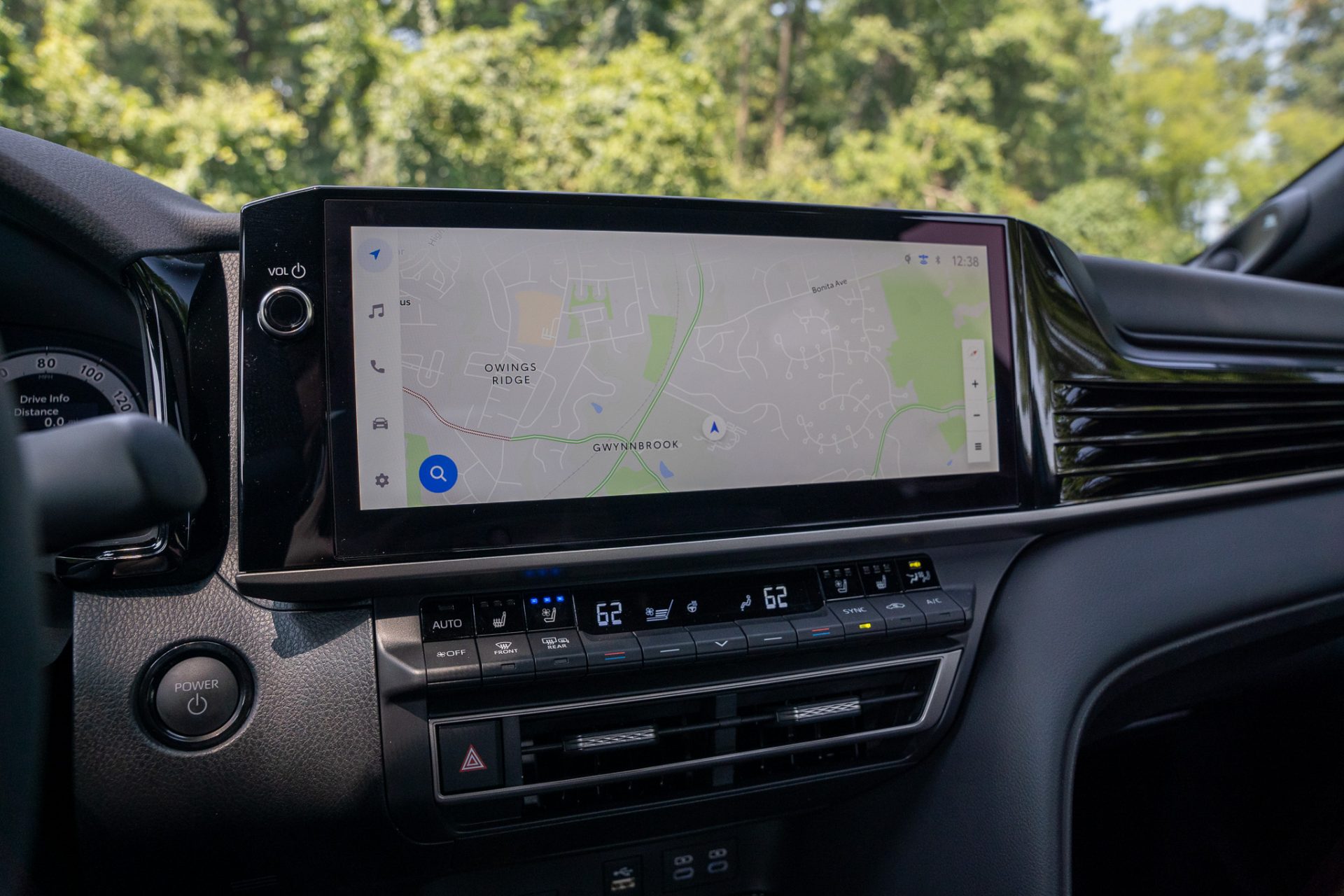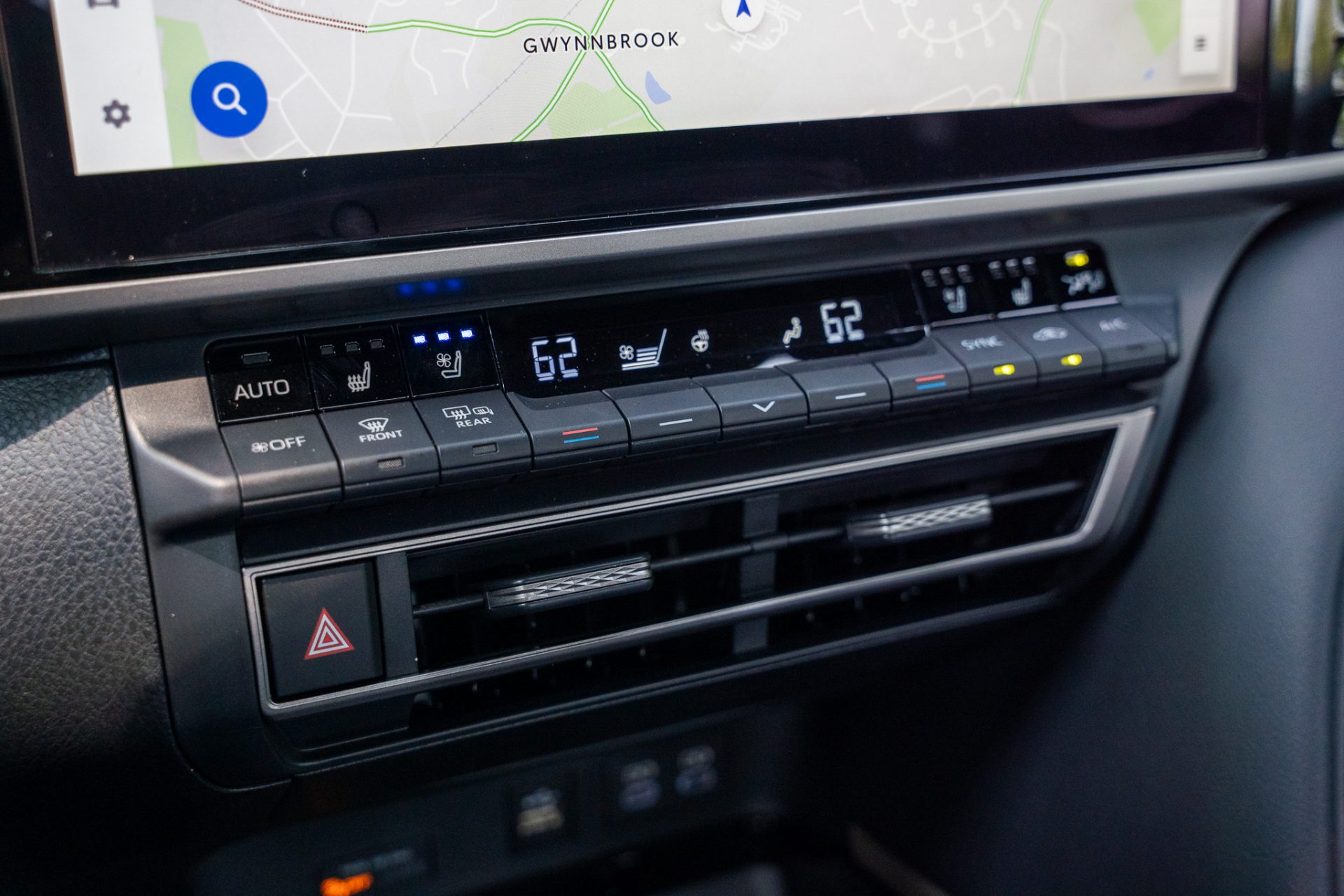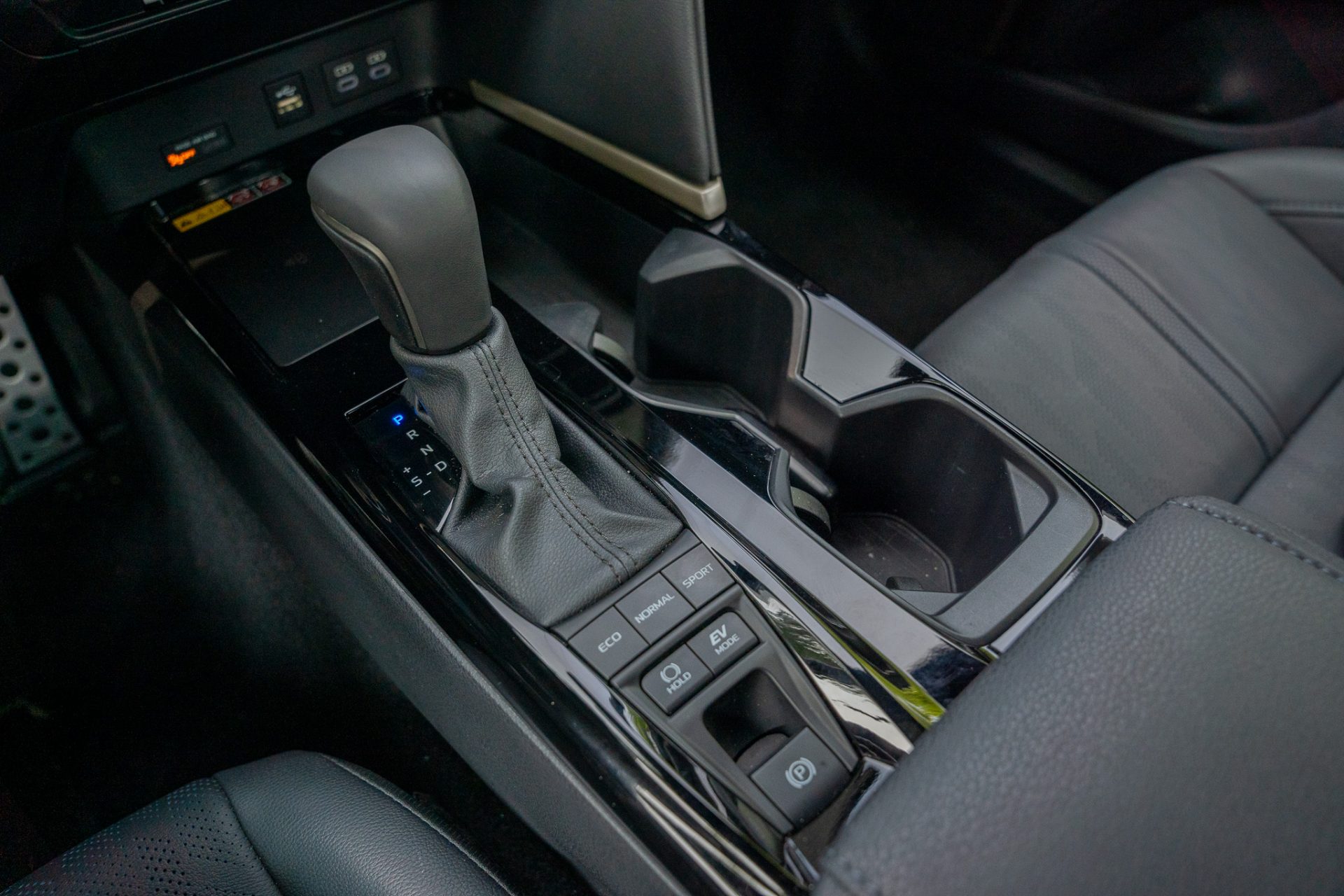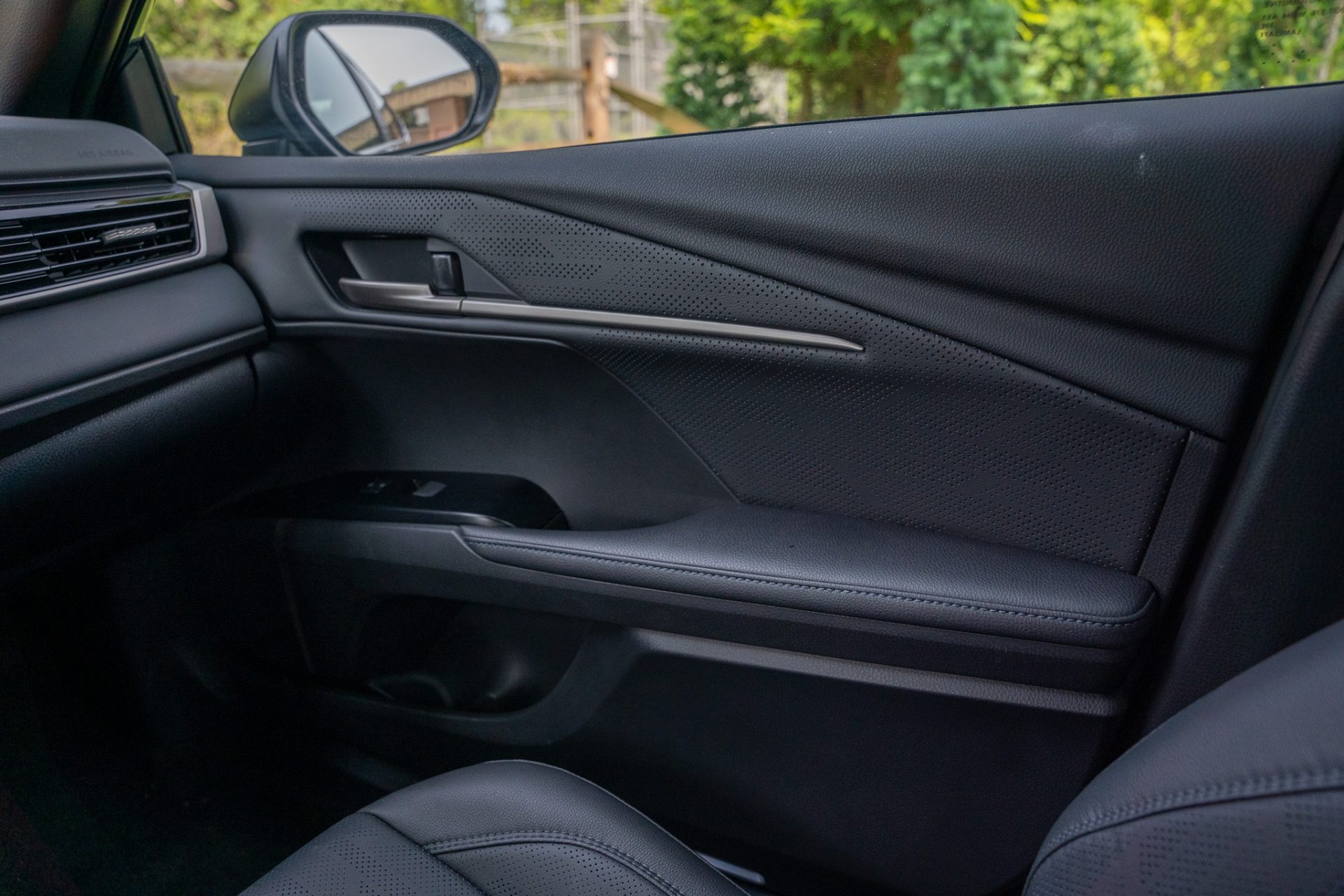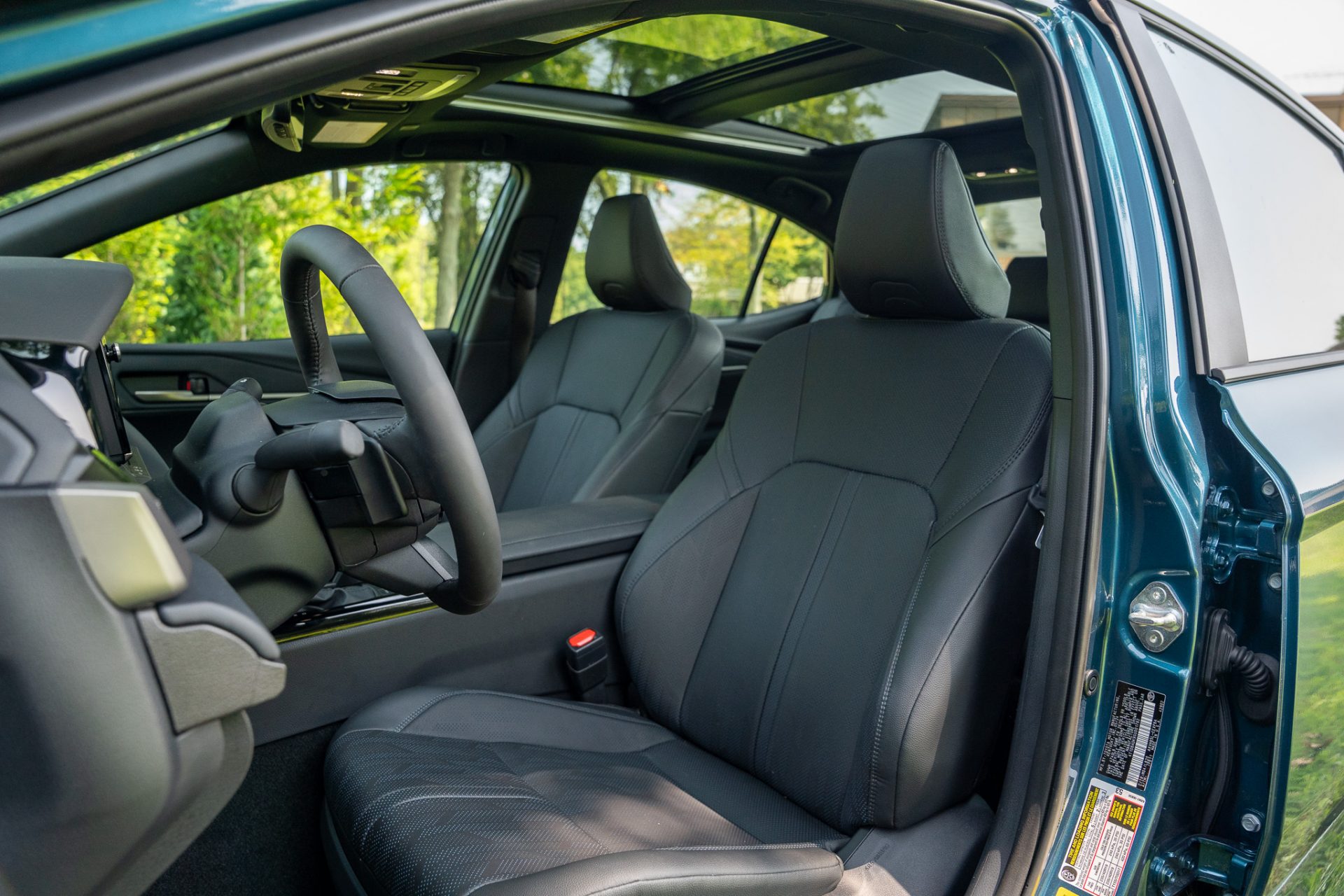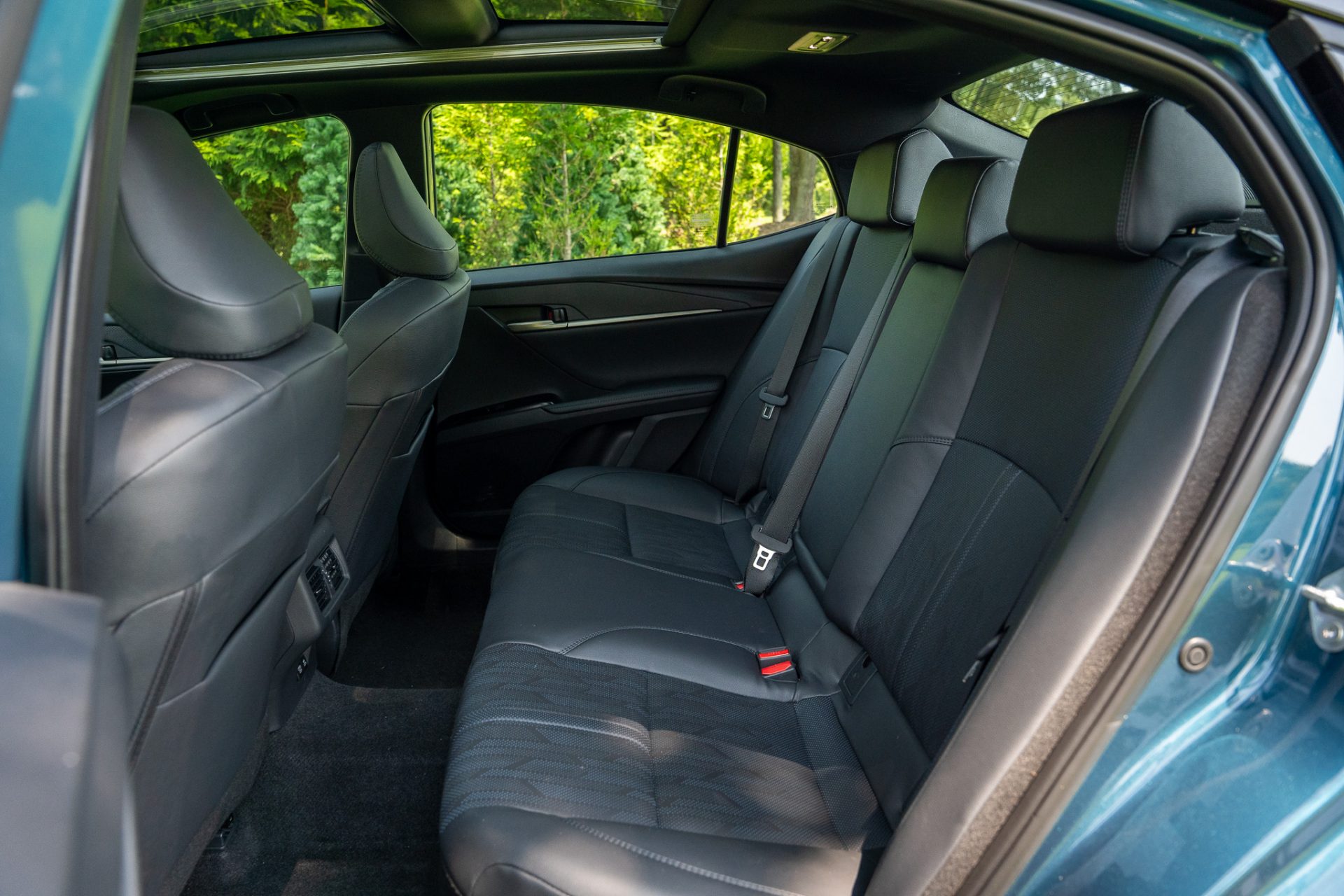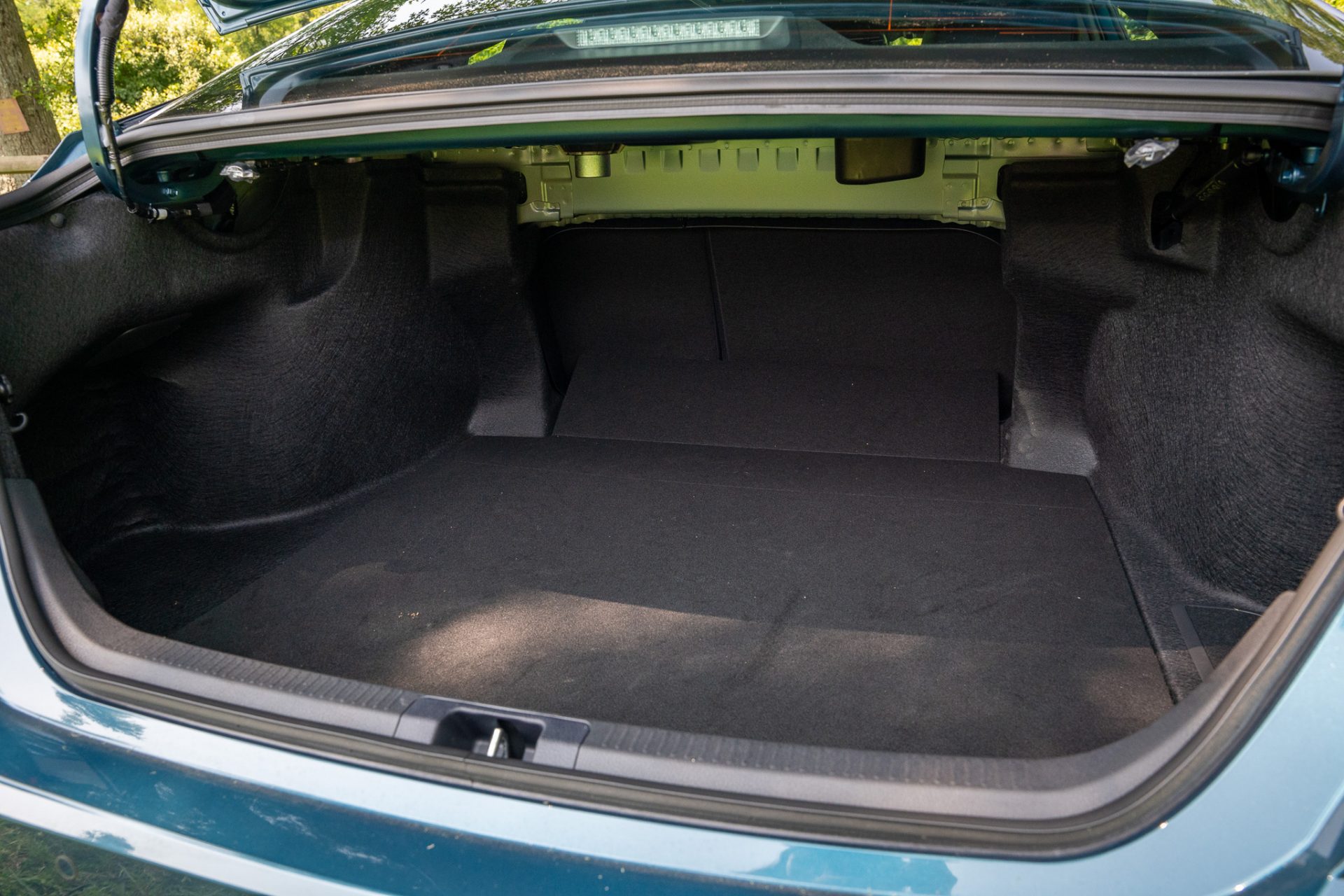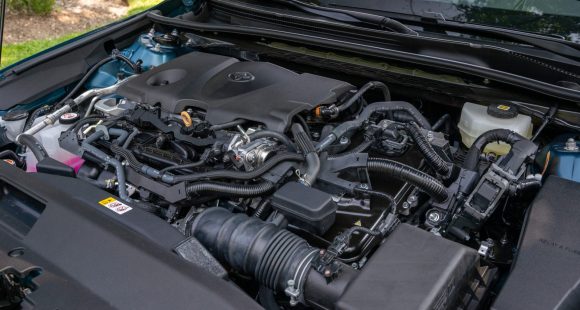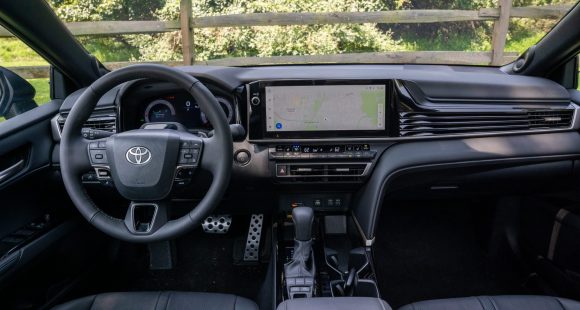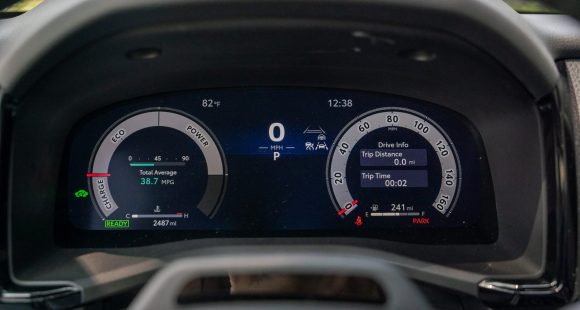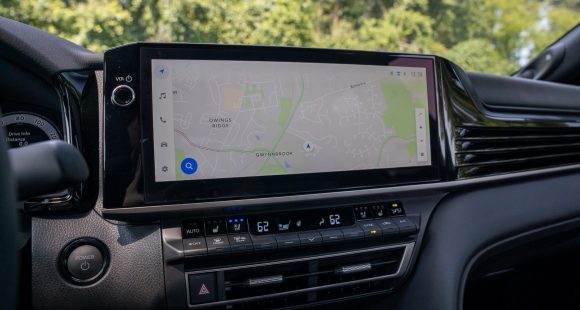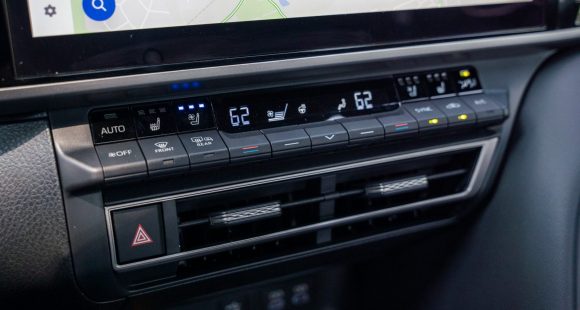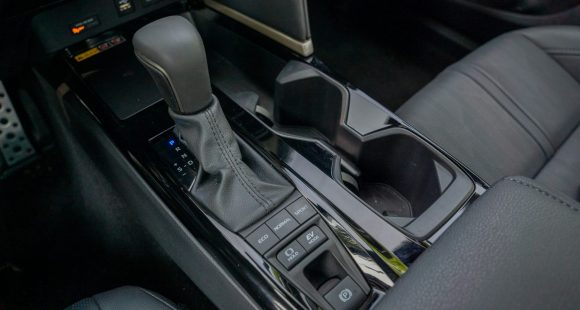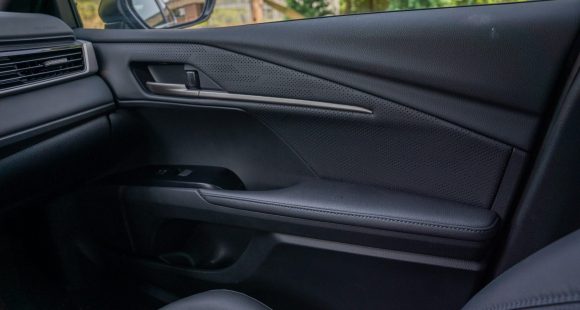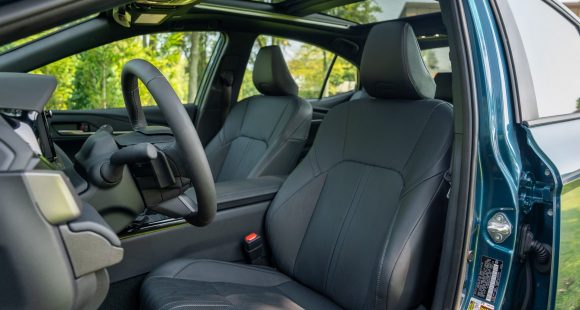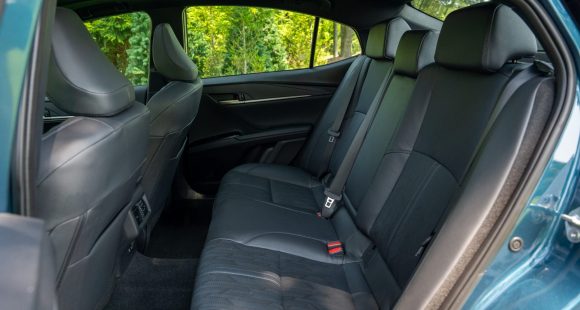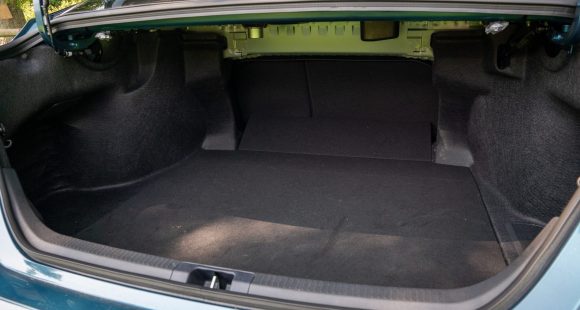2010 Volvo XC60
For more than a generation, Volvo has built its American reputation on two things: safety and its premium station wagons. Even when wagons fell out of favor at other brands, they remained an attraction for Volvo purists. But, some of those fans did defect to the Volvo XC90 Crossover. Now, with the all-new XC60, it’s possible that a lot more just might be tempted to follow suit.
The 2010 Volvo XC60 may be a late entry into the premium compact-to-midsize crossover race, but don’t expect this stylish and sporty utility to trail behind for too long.
The XC60 will compete directly with the BMW X3, the Acura RDX, and the Mercedes Benz GLK.
Styling hints of the XC70 and XC90, but from there the familiar Volvo DNA runs a little wild. The modified trapezoidal grille is flanked by dramatically flared headlamps.
The XC60’s wedge-like forward-leaning profile makes this crossover look like it’s ready to pounce. A muscular shoulder line, lower body cladding, and a coupe-like greenhouse all add to its athletic presence, as do the 18 or 19-inch wheels.
Further distinction comes from a well-sculpted back-end. But the most eye-catching cue is, no doubt, the exaggerated boomerang-like LED tail lamp design.
Offered currently as a single T6 all-wheel-drive model, the XC60 is moved by Volvo’s familiar 3.0-liter turbocharged inline-6, producing 281 horsepower and 295 pound-feet of torque. Max towing capacity is a reasonable 3,300 pounds.
 Power is managed by a six-speed automatic with manual mode which feeds Volvo’s latest Haldex 4 all-wheel drive system with Instant Traction torque transfer. For the more adventurous, Hill Descent Control is also available.
Power is managed by a six-speed automatic with manual mode which feeds Volvo’s latest Haldex 4 all-wheel drive system with Instant Traction torque transfer. For the more adventurous, Hill Descent Control is also available.
But this wouldn’t be a Volvo road test without a truly novel safety breakthrough. That would be Volvo’s City Safety System. City Safety is a low-speed rear collision avoidance system that utilizes an infrared laser in the rear view mirror to detect a stopped car ahead. City Safety will automatically apply the brakes at speeds up to 18 miles-per-hour to prevent a crash.
We don’t recommend you trying City Safety out just for grins like we did since it doesn’t activate until the last possible second. And stops are quite abrupt and really get your attention.
At the track, the XC60 also impressed us with its quickness. 0 to 60 in just 6.7 seconds and the quarter-mile in 15.2 seconds at 97 miles-per- hour. This crossover has a strong, smooth pull all the way up to the redline. Shifts, however, were not as quick as we would have liked them to be.
Sharing some chassis elements with the V70 and S80, suspension is front MacPherson strut/rear multi-link, with a three-mode active chassis option coming later. Aiding cornering now is an enhanced Dynamic Stability Control System, Roll Stability Control, and for towing maneuvers, new optional Trailer Stability Assist.
Maybe we expected too much, since this is a luxury car, but ride definitely rules over handling. The XC60 exhibits a top-heavy feel and reached its limits somewhat quickly.
Braking redeemed the XC60. Four-channel all-disc ABS with Brake Assist delivered average stops from 60 of a short 127 feet. They were solid and straight with minimal nose dive.
On everyday roads, the ride was soft and plush, perfect for Monday-through-Friday commutes. But with 9.1 inches of ground clearance, taking the XC60 off the pavement for a weekend adventure does not have to be a second thought.
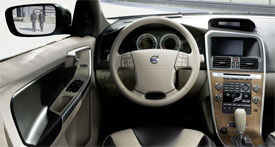 The interior of the five-passenger XC60 is a continuation of the clean and modern Scandinavian design we liked so much in the XC70 and C30. Gauges and controls are smartly laid-out and exude an artful sophistication.
The interior of the five-passenger XC60 is a continuation of the clean and modern Scandinavian design we liked so much in the XC70 and C30. Gauges and controls are smartly laid-out and exude an artful sophistication.
The XC60’s seats are well-contoured and supportive, featuring stitched seams and optional heat.
The slim, floating center stack design includes an available navigation screen that’s slightly angled toward the driver. It includes real-time traffic, and remote control.
There’s also a Rear Park Assist Camera packaged with the Nav system.
And not to be forgotten, our tester’s upgraded Dynaudio Premium Sound System with surround sound, for memorable listening enjoyment.
Other characteristic Volvo safety gear includes six airbags, anti-whiplash seats, and optional Lane Departure Warning.
The rear bench seat is fit for three, but it’s not the most spacious we’ve seen. Its 40/20/40 split, however, is family friendly, as are a pair of optional integrated child booster seats.
Cargo room is a generous 30.8 cubic feet with the seats up, and a very competitive 67.4 with the seats down.
Government Fuel Economy for this crossover is an underwhelming 16 city/22 highway on premium gas. We managed to get 20.6 miles-per-gallon in real-world driving.
Base pricing for the XC60 starts at $38,025. That’s less than a BMW X3, but more than the Acura RDX and the Mercedes-Benz GLK.
The eye-catching 2010 Volvo XC60 offers everything an upscale family could wish for - innovative safety, strong performance, true multi-purpose capabilities, and a comfortable, sophisticated cabin. For a company steeped in the tradition of the station wagon, the XC60 is a nice step up that doesn’t’ forget its roots.
Specifications
- Engine: 3.0-Liter Turbocharged Inline-6
- Horsepower: 281
- Torque: 295 Lb Feet
- 0-60 MPH: 6.7 Seconds
- 1/4 Mile: 15.2 Seconds @ 97 MPH
- 60-0 MPH: 127 Feet
- EPA: 16 MPG City/ 22 MPG Highway
- Mixed Loop: 20.6 MPG
2025 Toyota Camry
Camry Goes All Hybrid, But It’s No Prius Sedan
Whether you call it Camry or Cam-ray, you have to call this Toyota the best-selling sedan in the U.S. for 2023. Not bad for a car in the last year of its lifecycle. That’s right, the Camry is all-new for model year 2025. So, let’s find out if this ninth-generation Camry can stay truly competitive in this world of SUVs and crossovers.
There have been many variations of the Toyota Camry over the last 40 years; some more exciting than others, but all have been incredibly comfortable, efficient, and practical. That theme carries over for the all-new 2025 Toyota Camry.
Though it feels like they purposely avoided any type of “wow” factor inside. Sure, there are the expected big screens for multimedia and gauge display, but they kept them separated, keeping the overall vibe traditional and classy rather than flashy. They’ve also retained lots of physical controls, added some unique materials, and attempted to open up the space a bit, knowing that they’re going up against EVs these days too, not just usual family sedan nameplates.
The new Camry follows Toyota protocol of basic LE series and more sport-oriented SE series; adding an X in front of either adds a bit more content. For our XSE tester that mostly means a flashier exterior that includes black trim and rear spoiler, dual exhaust tips, and 19-inch wheels, but it also gets a sport-tuned suspension.
Following the pattern of many recent Toyotas, Camry now has an all-hybrid lineup. Toyota’s newest, fifth-generation hybrid system mates to a 2.5-liter I4 engine for the first time. It works with two electric motors for a 225-horsepower output, 17 more than the outgoing Camry hybrid. And it delivers up to 51 mpg Combined. All-wheel-drive versions add an additional electric motor in back for powering the rear wheels for an increased total output of 232 horsepower; and AWD is available for all trims.
This is easily the best handling Camry we’ve driven.
Our all-wheel-drive tester did feel quite peppy on the street, with a competent suspension that soaked up bumps easily without feeling soft or floaty. At the test track, there was great grip off the line, and a substantial punch of power to get us to 60 in 6.9 seconds. There was a nice little engine growl at takeoff too, but it quickly turned into a consistent droning noise due to the electronically controlled CVT trans. There are some simulated gears you can play with, but they don’t really add much to the performance; our best quarter-mile time was 15.2 seconds at 94 mph.
This is one case where “sport-tuned suspension” seems to really mean something, as this is easily the best handling Camry we’ve driven. Minimal body roll, great road feel, and steering that was both tight and responsive. All-wheel-drive grip was great through the cones, but most people will find it much more beneficial when driving on slippery roads.
The hybrid’s regen braking is not the most natural feeling, but in panic stops the brakes clamp down quickly, causing some aggressive nosedive, but ultimately resulting in very short, 110-foot stops from 60.
As mentioned earlier, Government Fuel Economy Ratings are as high as 51 Combined, but all-wheel-drive XSEs come in at 44 City, 43 Highway, and 44 Combined, though our lead foot test loop saw just, but still noteworthy, 42.6 mpg of Regular.
Pricing starts with the base LE at $29,535; all-wheel drive is another $1,525 if you want it. XSE tops out the range at $35,735.
While the midsize four-door sedan is not the suburban staple that it once was, the Camry absolutely remains a staple of the Toyota lineup, and even kept its status as America’s best-selling car last year. So, it looks like there’s no stopping the Camry, as the more efficient 2025 Toyota Camry is better-looking, has better performance, and is a better all-around family car than ever.
Specifications
As Tested
- Engine: 2.5-liter I4
- Transmission: e-CVT
- Horsepower: 232
- EPA: 44 City | 43 Highway | 44 Combined
- 0-60 mph: 6.9 seconds
- 1/4 Mile: 15.2 seconds at 94 mph
- Braking, 60-0 (avg): 110 feet
- MW Fuel Economy: 42.6 mpg (Regular)







